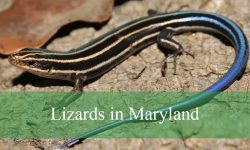Herons are a diverse group of wading birds known for their distinctive long legs and necks, making them prominent figures in various wetland habitats.
Understanding the different types of herons can greatly enhance birdwatching experiences and ecological knowledge. Each type of heron has unique characteristics and adaptations suited to their environments.
This article will explore 23 types of herons and their identifying characteristics.
Different Types of Herons
Little Blue Heron (Egretta caerulea)
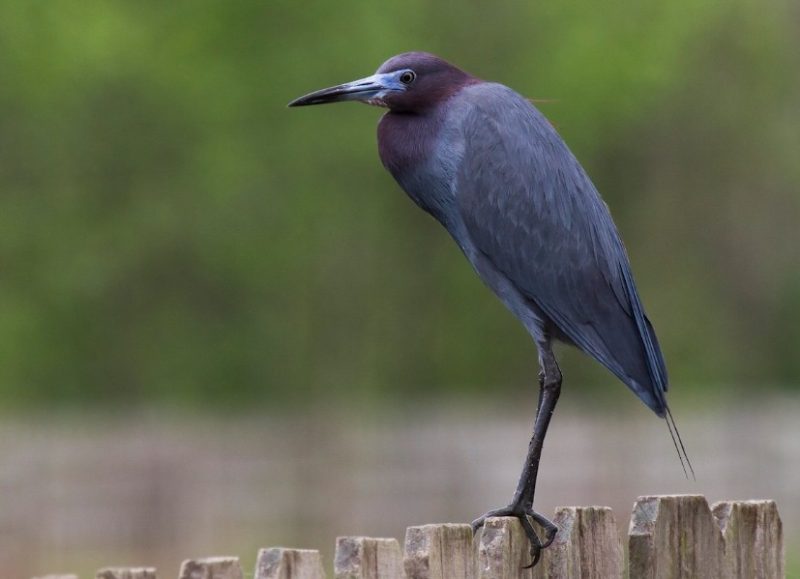
The Little Blue Heron (Egretta caerulea) is a medium-sized heron that begins life with pure white feathers, which can be confusingly similar to other species. As it matures, the heron’s feathers develop into a distinctive slate-blue color, and it features a unique two-toned bill.
Found from southeastern United States to northern South America, it prefers shallow freshwater and saltwater habitats.
This heron primarily feeds on fish, crustaceans, and insects, occasionally eating small reptiles or amphibians. It uses a “stand and wait” strategy, remaining motionless in the water until prey comes within striking distance.
Tricolored Heron (Egretta tricolor)
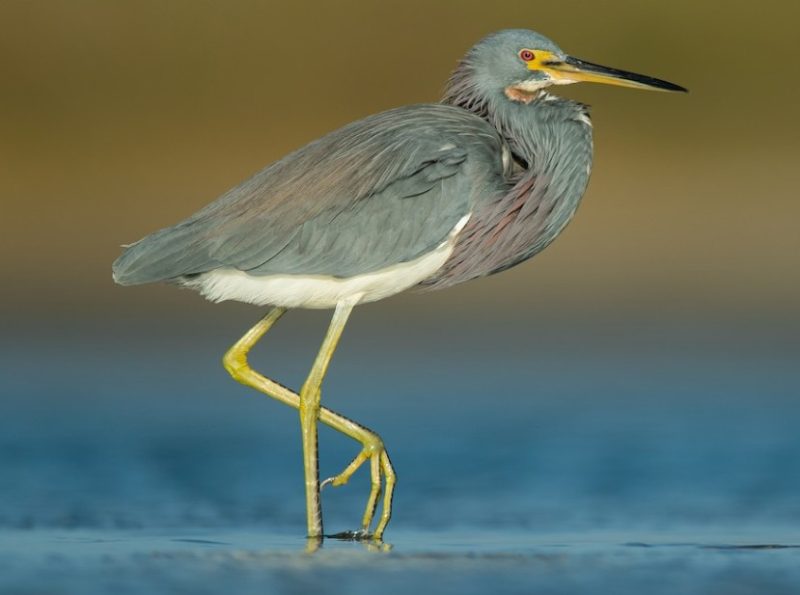
The Tricolored Heron (Egretta tricolor) is a slender, medium-sized bird with striking three-toned plumage in blue-gray, lavender, and white. Its deep chestnut neck contrasts with its white belly and dark upper body, with these colors becoming more vivid during the breeding season.
Found in the mid-Atlantic and Gulf Coast of the U.S., Central America, the Caribbean, central Brazil, and Peru, it inhabits coastal marshes, swamps, streams, and tidal flats.
This heron has a varied diet, including small fish, crustaceans, insects, and amphibians, and it hunts in shallow water while defending its feeding territory from other herons.
Reddish Egret (Egretta rufescens)
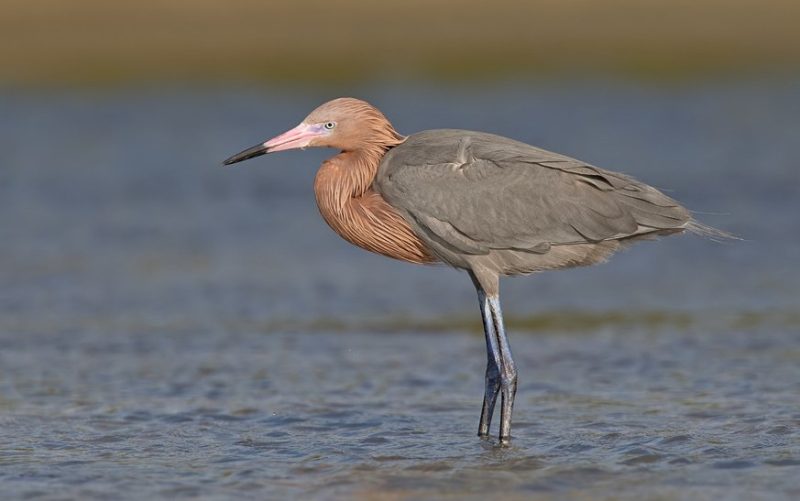
The Reddish Egret (Egretta rufescens) is a rare egret species found in North America, favoring coastal lagoons, mangroves, and tidal flats over freshwater habitats.
It is distinguished by its long legs and neck, a pinkish bill with a black tip, and bluish-black legs and feet. There are two color morphs: the dark morph with a slate blue body and red-plumed head and neck, and the white morph with pure white plumage.
This active heron hunts for fish, frogs, crustaceans, and insects in shallow waters, using a dynamic technique of running and flapping its wings to reduce water glare.
Great Blue Heron (Ardea herodias)

The Great Blue Heron is a large, striking wading bird found in North American wetlands, easily recognized by its tall stature (3.2 to 4.5 feet) and expansive wingspan (6.6 feet). It has a smoky gray or blue plumage with a white head adorned with a black feathered cap.
This solitary bird is known for its patient hunting technique, standing motionless in shallow water to catch prey like fish, amphibians, and small mammals. During breeding season, it forms colonies called heronries.
Snowy Egret (Egretta thula)
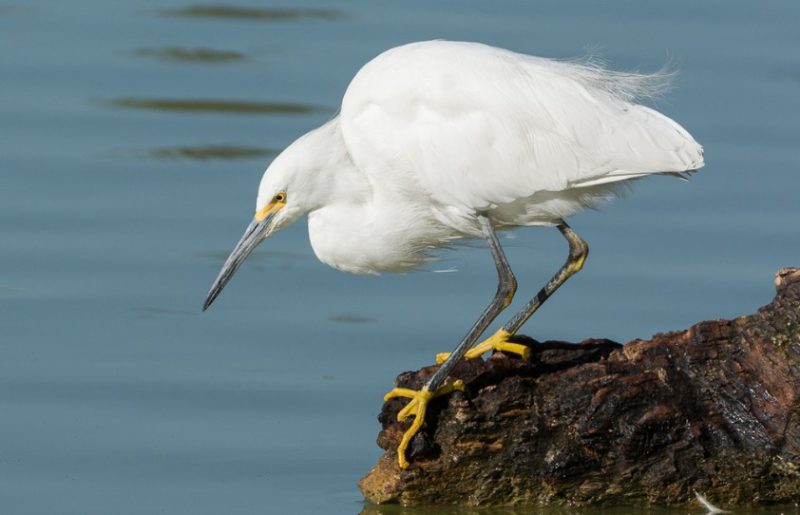
The Snowy Egret (Egretta thula) is a striking bird with pure white plumage, slender black legs, bright yellow feet, and a thin black bill. During the breeding season, it develops delicate plumes down its back, which were highly prized in the 19th century.
Snowy Egrets are found in diverse habitats, including salt marshes, freshwater wetlands, islands, and inland ponds, ranging from the United States to South America and the West Indies. They migrate south to warmer climates when winter arrives in the northern parts of their range.
Chinese Egret (Egretta eulophotes)
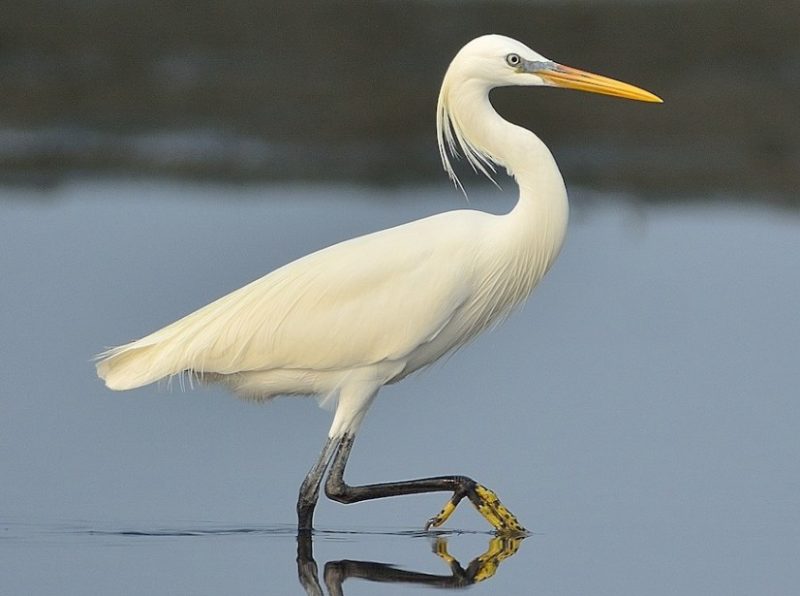
The Chinese Egret (Egretta eulophotes), also known as Swinhoe’s Egret, is a medium-sized bird with a distinctive yellow, downward-curving bill.
Found in coastal habitats across East Asia, it migrates south during winter, with some reaching Indonesia and the Philippines.
During the breeding season, the egret’s bill turns a striking black, and ornate plumes develop on its back. It typically hunts alone or in small groups, feeding on fish and invertebrates in shallow coastal waters.
Nankeen Night Heron (Nycticorax caledonicus)
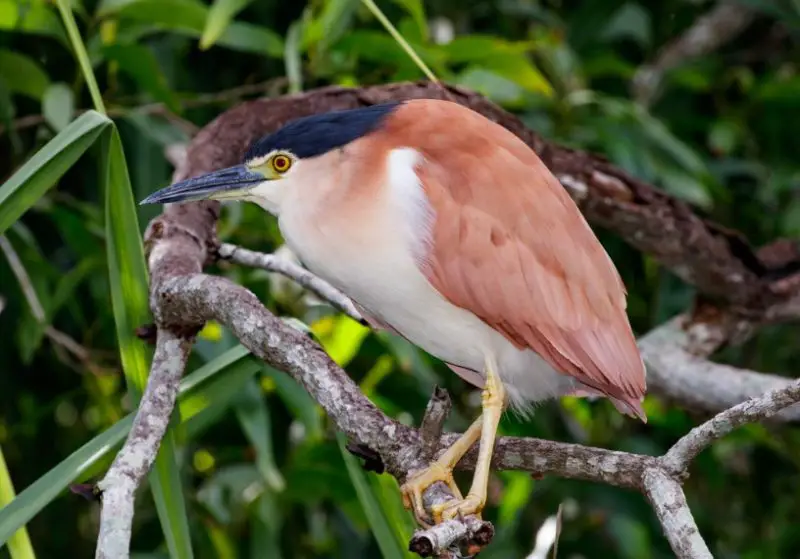
The Nankeen Night Heron (Nycticorax caledonicus) is a distinctive bird with a heavy black bill and a white face tinged with cinnamon. Its grey-black crown and nape are adorned with white plumes during the breeding season. The upperparts are a rich chestnut color, while the underparts remain white.
During breeding, the bird’s colors intensify, showcasing a rufous tone on its back, tail, and upper wings, complemented by straw yellow irises and creamy yellow legs.
Found in Indonesia, the Philippines, Papua New Guinea, Melanesia, and Australia, this nocturnal hunter feeds on fish, amphibians, crustaceans, and insects.
Grey Heron (Ardea cinerea)
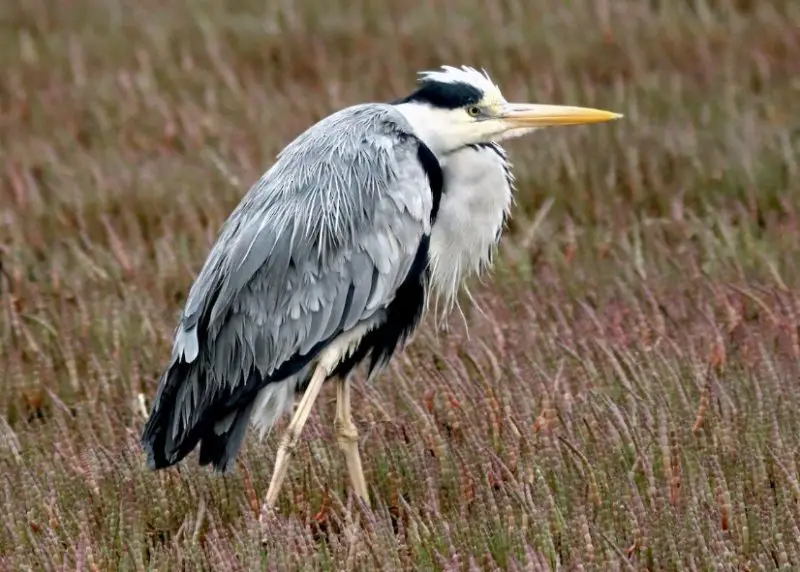
The Grey Heron (Ardea cinerea) is a large wading bird native to Europe, Asia, and parts of Africa. Standing around 39 inches tall, it has a distinctive mix of white, grey, and black plumage, with a yellow bill and brown legs.
These herons are often seen near water, where they use their sharp bills to catch fish, amphibians, and small mammals. They are primarily colonial nesters, building nests high in trees alongside other herons.
White-bellied Heron (Ardea insignis)
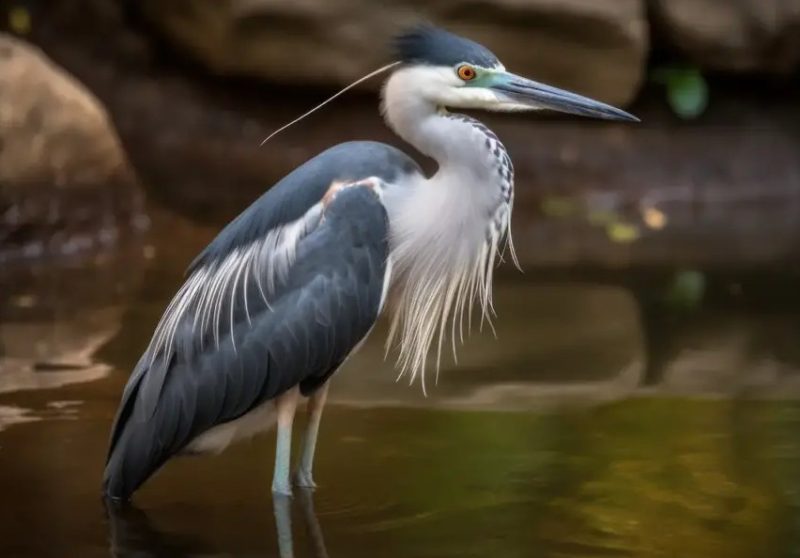
The White-Bellied Heron (Ardea insignis), also known as the Imperial Heron, is a bird standing about 50 inches tall. It features a white belly that contrasts with its dark grey feathers and a long, slender neck with a greyish-white stripe down the front.
It inhabits the eastern Himalayan foothills of India, Bhutan, Myanmar, and parts of Nepal and is found near freshwater marshes, rivers, and lakes. Critically endangered, with fewer than 250 mature individuals remaining, the White-Bellied Heron feeds on fish, amphibians, insects, and small mammals.
Purple Heron (Ardea purpurea)
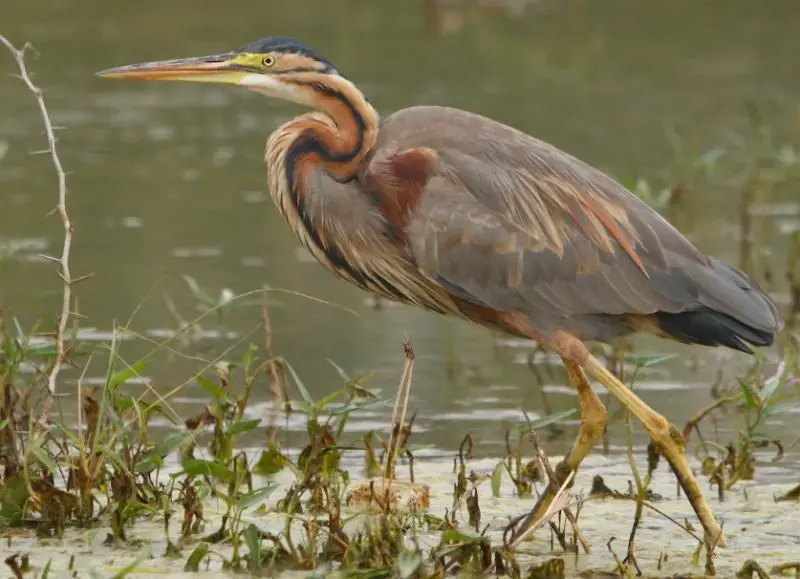
The Purple Heron (Ardea purpurea) is a bird found across central and southern Europe, Africa, and Asia. It boasts a unique color palette with dark reddish-brown feathers, a purplish-grey head and neck, a black beak with yellow at the base, and yellow eyes framed by a thin black line.
This solitary hunter thrives in marshy shallows, where it patiently waits in the water for prey like fish, amphibians, and insects to come within striking distance.
Goliath Heron (Ardea goliath)
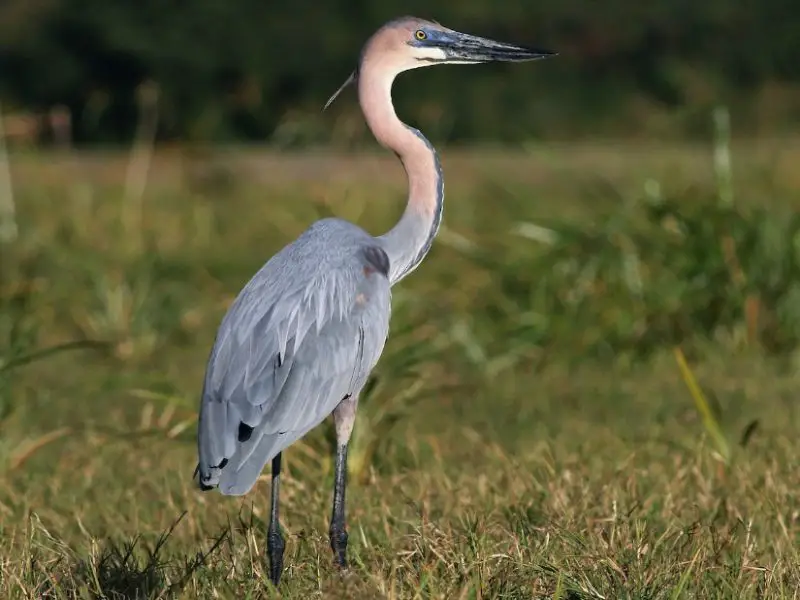
The Goliath Heron (Ardea goliath) is the largest heron species, standing an impressive five feet tall with a wingspan of up to seven and a half feet. It is easily identified by its dusky yellow head, powerful bill, and large ash-grey wings tipped with black.
Preferring shallow waters like rivers, estuaries, and lakes, this heron feeds on fish, amphibians, small mammals, insects, and reptiles. Known for its patient hunting style, the Goliath Heron waits calmly before striking swiftly at its prey.
Great Egret (Ardea alba)
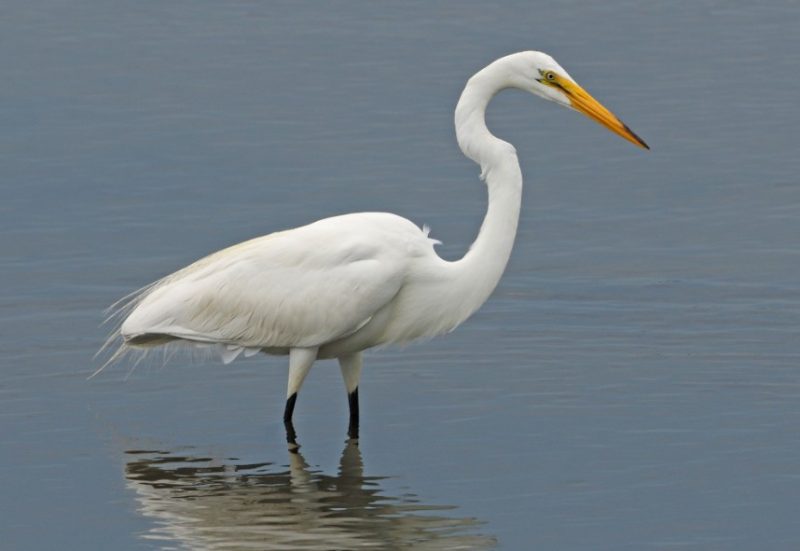
The Great Egret (Ardea alba) is a large, elegant bird known for its all-white plumage, standing 3.3 feet tall with a wingspan of up to 5.6 feet. It has a yellow bill and black legs, which can darken during the breeding season.
This bird hunts by standing still in wetlands, waiting to catch fish, amphibians, small mammals, and insects. During breeding, males display long, delicate feathers called aigrettes to attract mates. Once hunted nearly to extinction, the Great Egret has rebounded due to conservation efforts.
Squacco Heron (Ardeola ralloides)
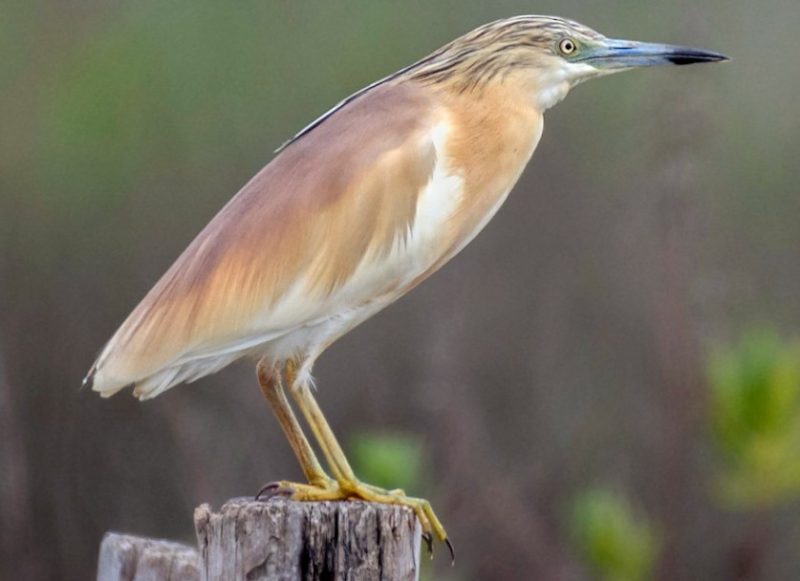
The Squacco Heron (Ardeola ralloides) is a small heron found in the wetlands of Europe and Asia, migrating to Africa during winter. It stands out during the breeding season with delicate feather plumes on the back of its head and a beak that turns fiery red.
This heron hunts by stealth, quickly jabbing its beak to catch prey like fish, frogs, and insects. The Squacco Heron’s distinctive plumage and migratory behavior make it a unique species in its habitat.
Japanese Night Heron (Gorsachius goisagi)
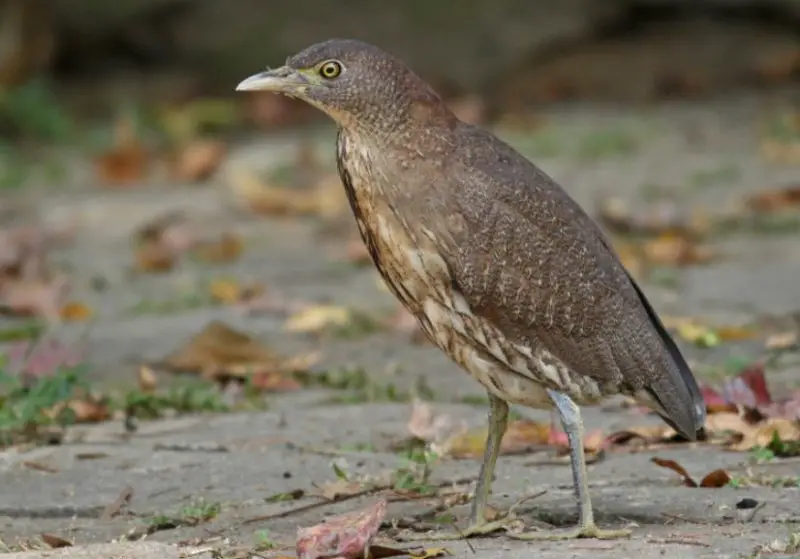
The Japanese Night Heron (Gorsachius goisagi) is a medium-sized heron known for its dark brown body, black cap, and distinctive white stripe running from behind its eye down to its neck.
Inhabiting dense, wet woodlands near streams or rivers, this migratory bird breeds in Japan and travels to the Philippines and Indonesia during autumn.
It primarily feeds on soil dwellers like earthworms and snails, using its sturdy beak for digging, while also consuming shoreline crustaceans and small fish.
Black-crowned Night Heron (Nycticorax nycticorax)
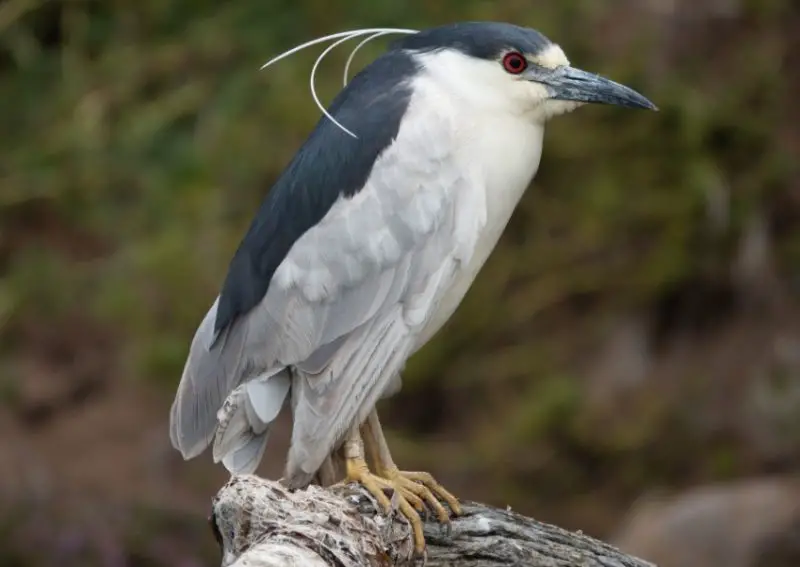
The Black-crowned Night Heron (Nycticorax nycticorax) is a stocky heron easily identified by its black crown and back, pale underbelly, and striking red eyes. Found on every continent except Antarctica, it thrives in wetlands and city parks, adapting to both fresh and saltwater environments.
As ambush predators, these herons stand still at water edges, patiently waiting for prey such as small fish, rodents, and occasionally plant matter. Uniquely, they are one of the few heron species known to engage in bait fishing, showcasing rare tool use among birds.
Yellow-crowned Night Heron (Nyctanassa violacea)
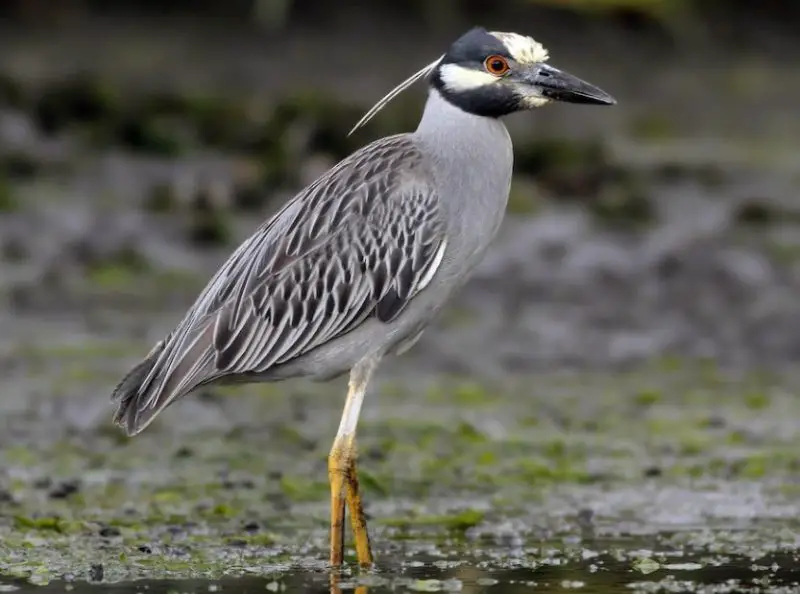
The Yellow-crowned Night Heron (Nyctanassa violacea) is a grey-blue bird with black-scaled wings and long yellow legs. Its black, glossy head is adorned with a pale yellow crown and white cheeks, forming a distinctive horizontal stripe pattern. The bird’s striking eyes are dark orange or red.
Found only in the Americas, these herons inhabit shallow waters like marshes, swamps, and mangrove coasts, where they primarily feed on crustaceans, their favored prey.
Cattle Egret (Bubulcus ibis)

The Cattle Egret (Bubulcus ibis) is a heron with distinctive white plumage, which turns a buff hue on the back, chest, and crown during the breeding season. Unlike other herons, Cattle Egrets thrive in dry grasslands rather than aquatic environments.
They are often seen around large mammals like cattle, feeding on insects disturbed by the animals’ movement.
They build small stick platforms in colonies for nesting, usually in trees or shrubs near water. Both parents share the duties of incubating their pale bluish-white eggs and feeding the chicks.
Green Heron (Butorides virescens)
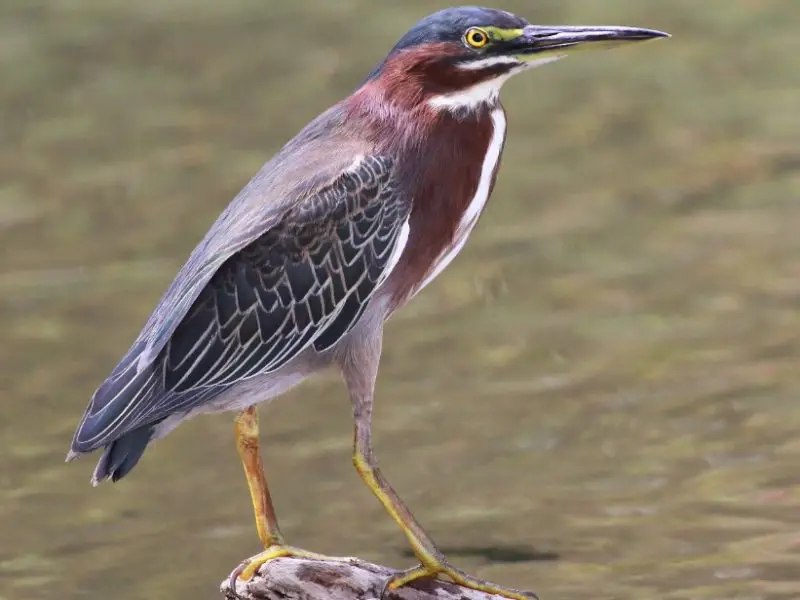
The Green Heron (Butorides virescens) stands around 17 inches tall with a wingspan of about 26 inches. This small heron features a dark green back and a rich chestnut-colored body, complemented by striking yellow-orange legs.
It thrives in diverse habitats, including freshwater bodies, marshes, streams, and ponds, without a strong preference for coastal or inland settings.
Green Herons are known for their unique hunting technique, using bait such as twigs or insects to attract fish.
White-Faced Heron (Egretta novaehollandiae)
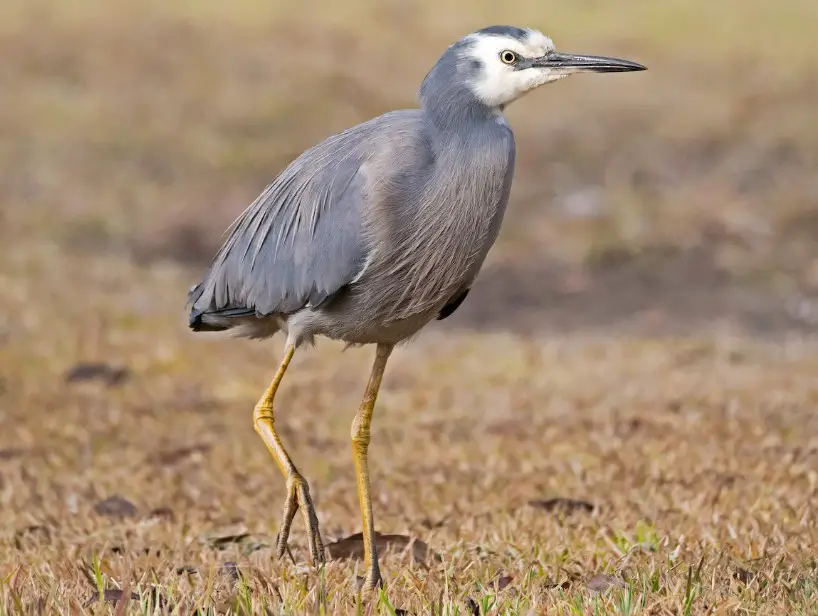
The White-Faced Heron (Egretta novaehollandiae) is a medium-sized bird with pale blue-grey plumage, characterized by a white crown, forehead, chin, and upper throat. Its iris ranges from grey to cinnamon, and it has a grey-based black beak.
During the breeding season, it features a pinkish-brown foreneck and breast, with a blue-grey back. This heron employs the “stand and wait” hunting method to catch fish, amphibians, insects, and small mammals.
During mating, both males and females share nest-building duties, using twigs and sticks, and often conceal their nests in trees or shrubs near water.





